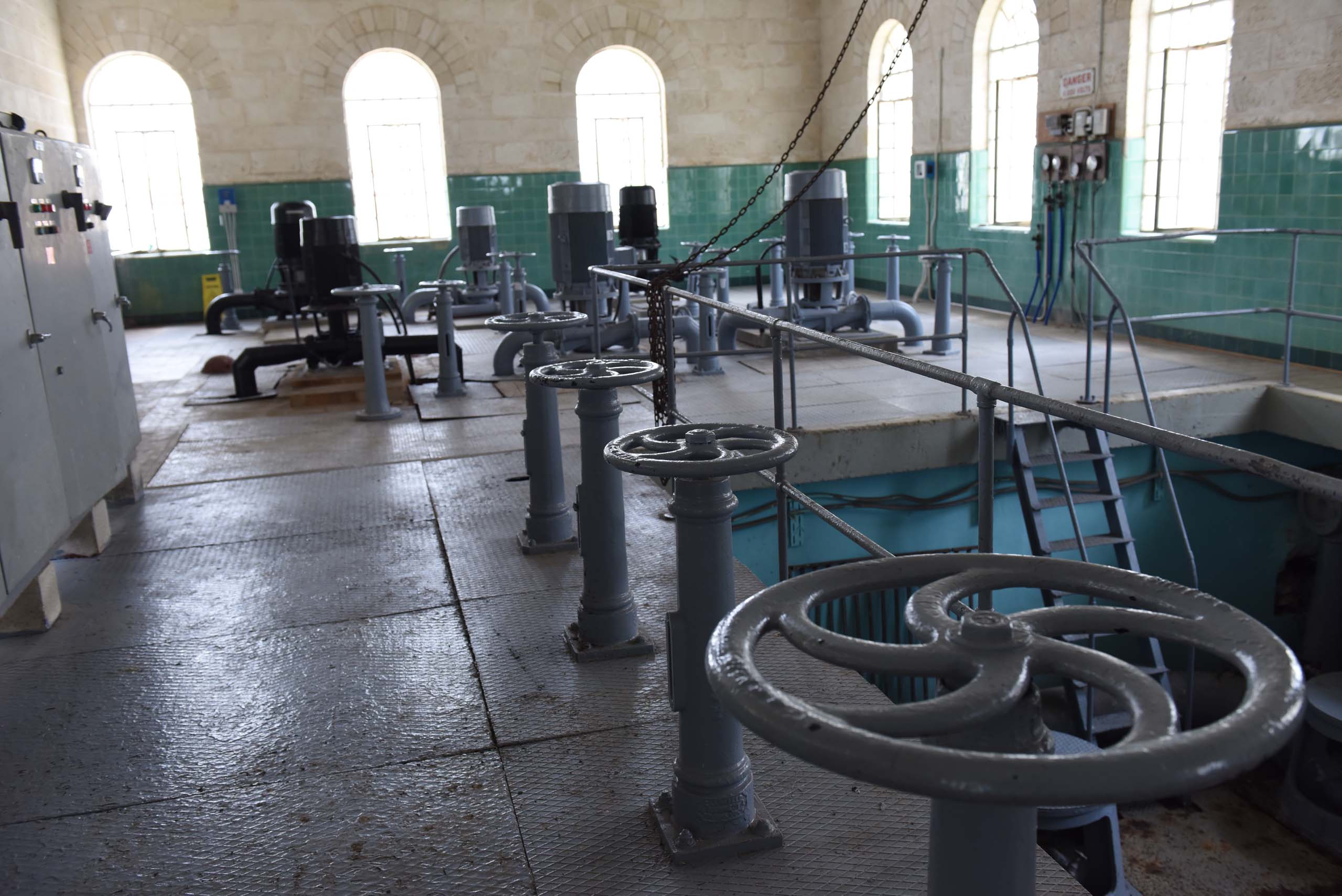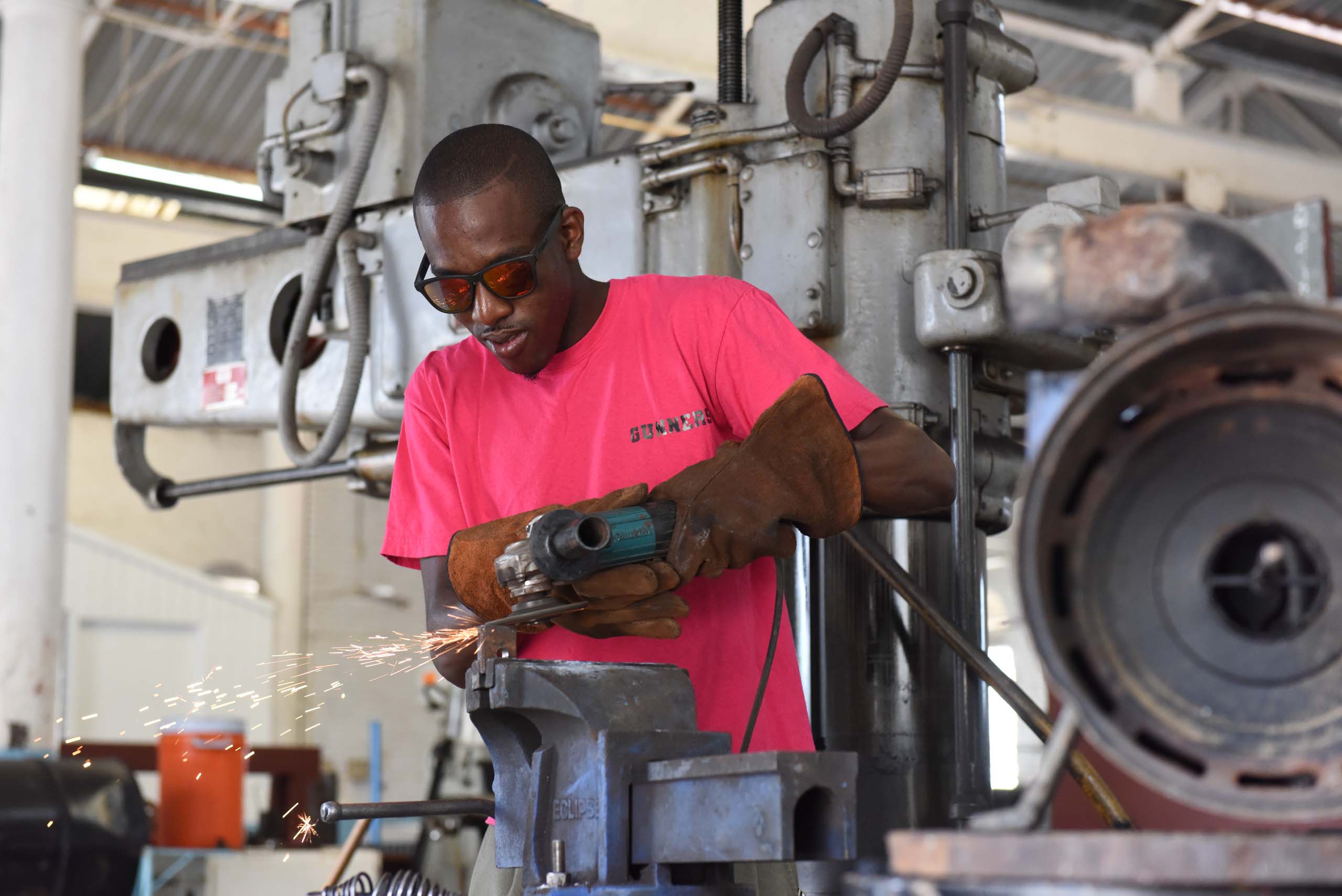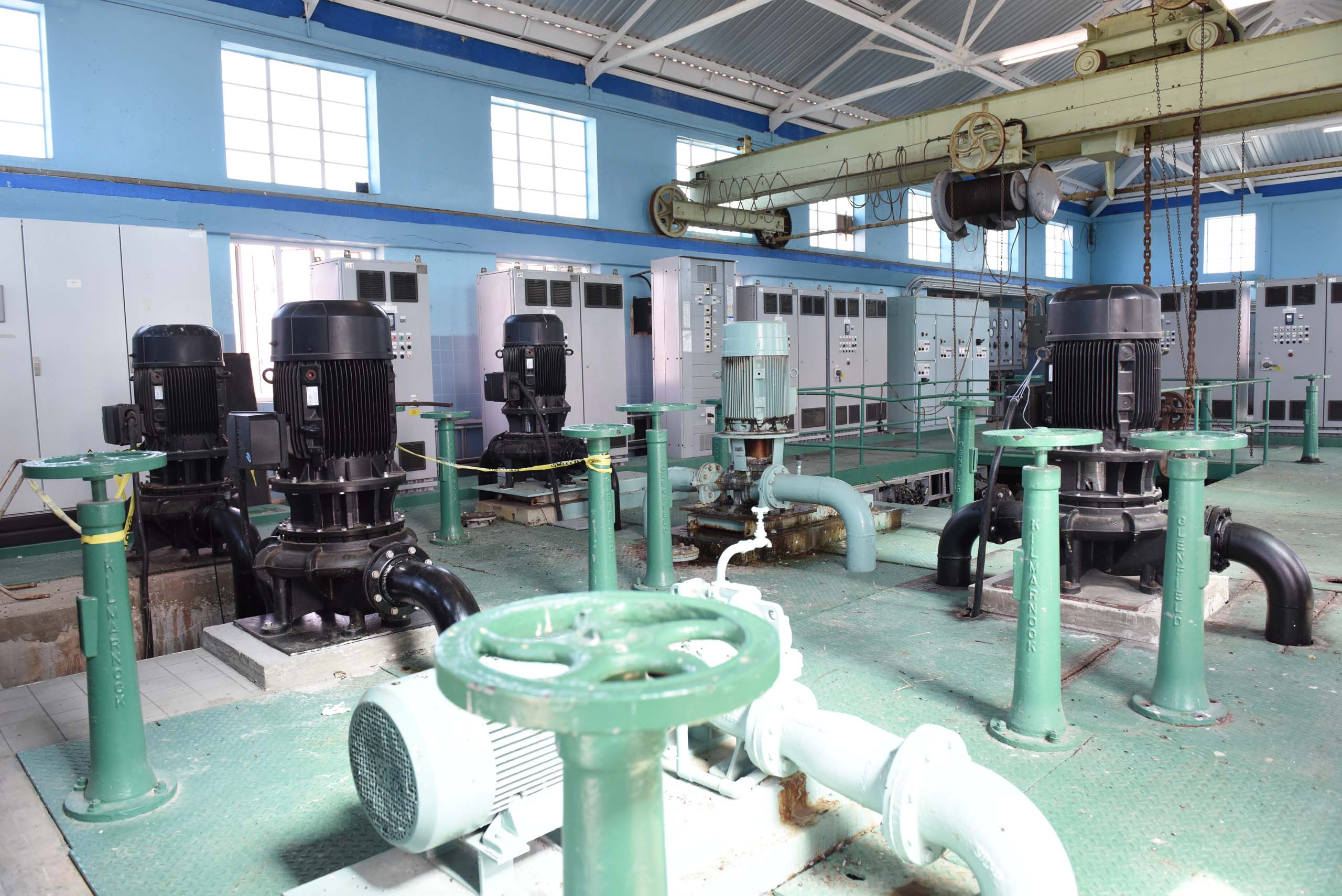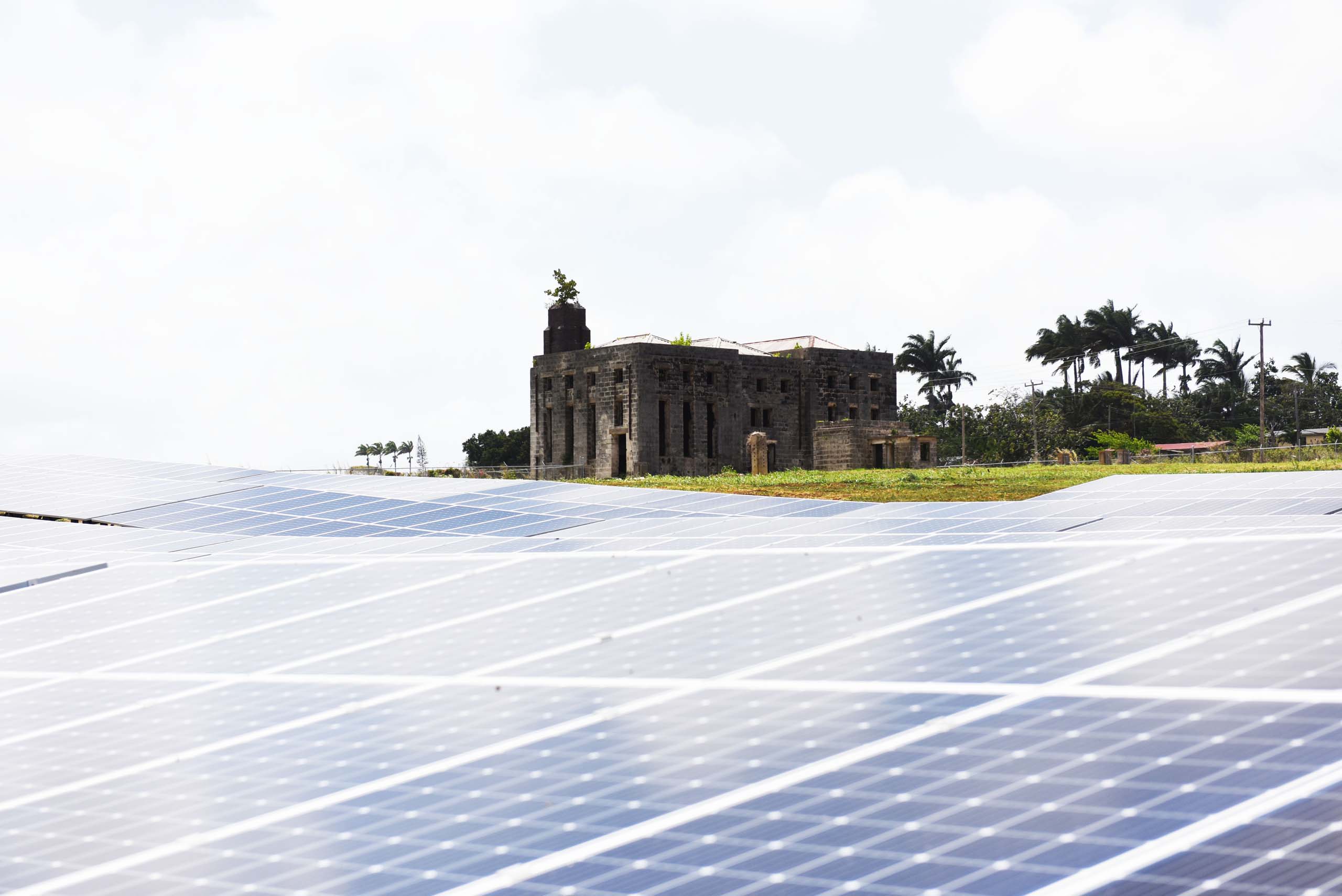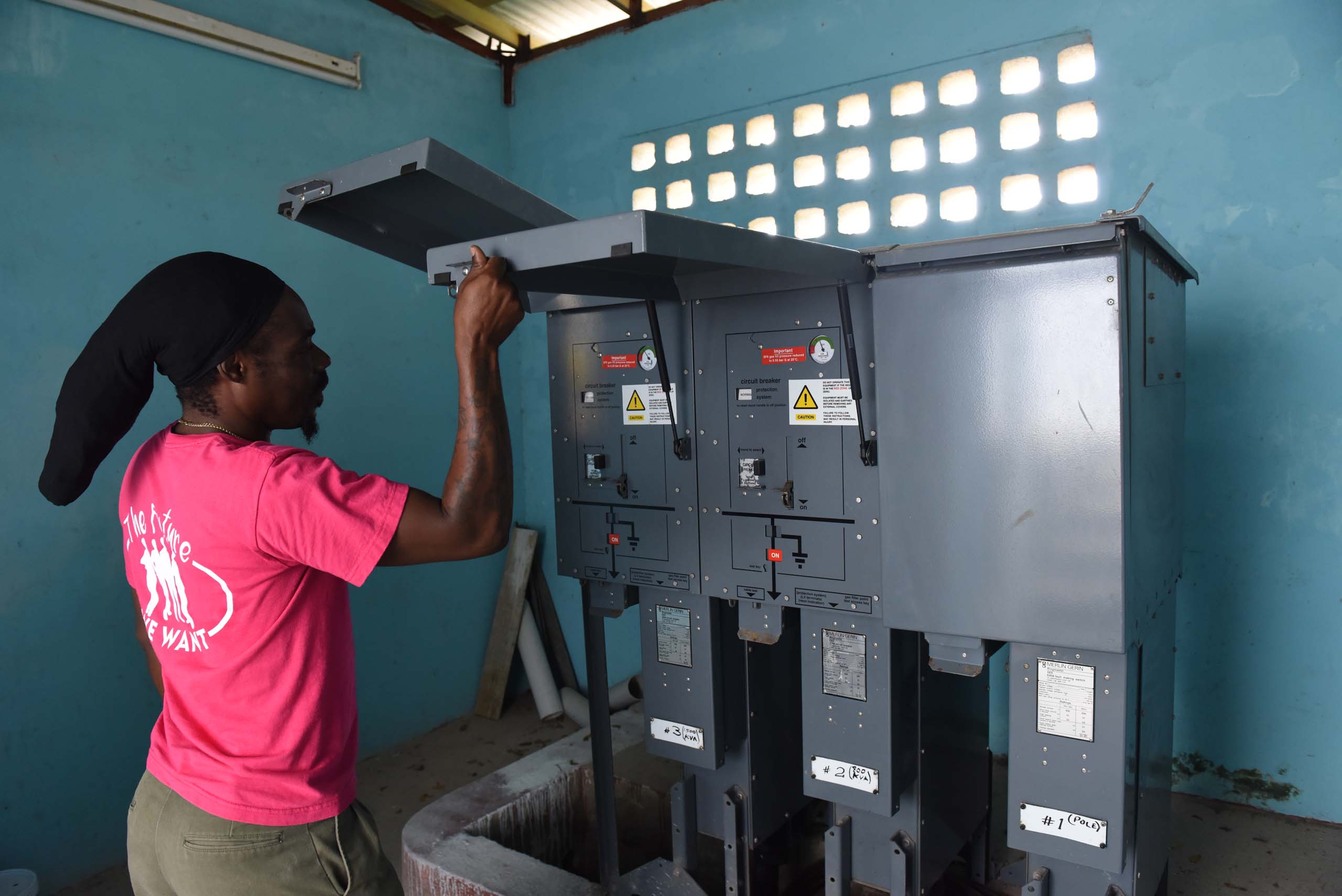From steam age to solar power: How GCF is creating a clean-energy, climate-resilient water sector in Barbados
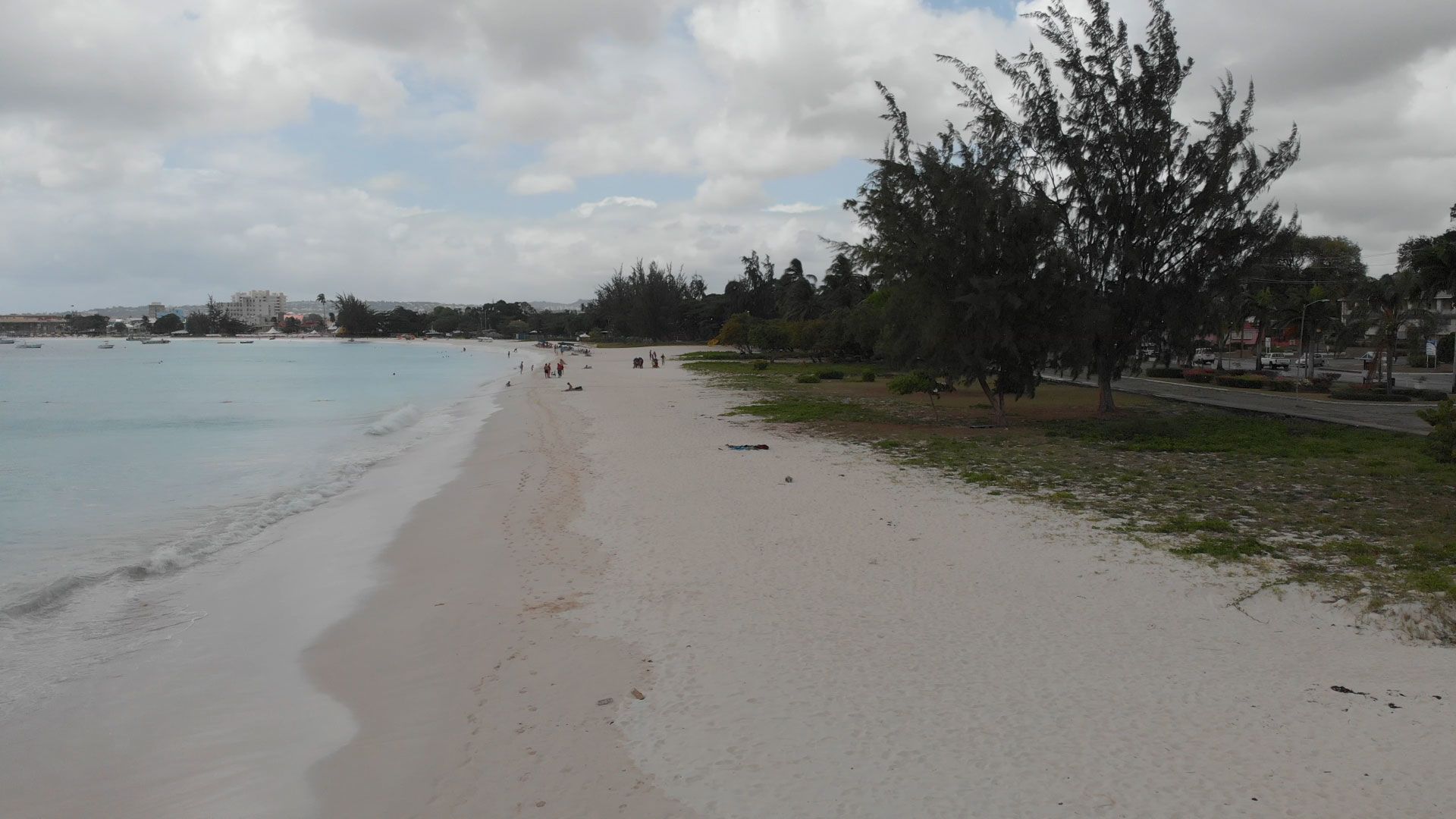
GCF is supporting greater resilience and adaptation to climate change, and low carbon transformation for Small Island Developing States (SIDS) are particularly vulnerable to the impacts of climate change, even though they play very little role in creating the emissions that are causing the climate crisis. SIDS are threatened by many climate factors, including increasingly severe hurricanes and tropical storms, rising sea levels, and more frequent and long-lasting droughts.
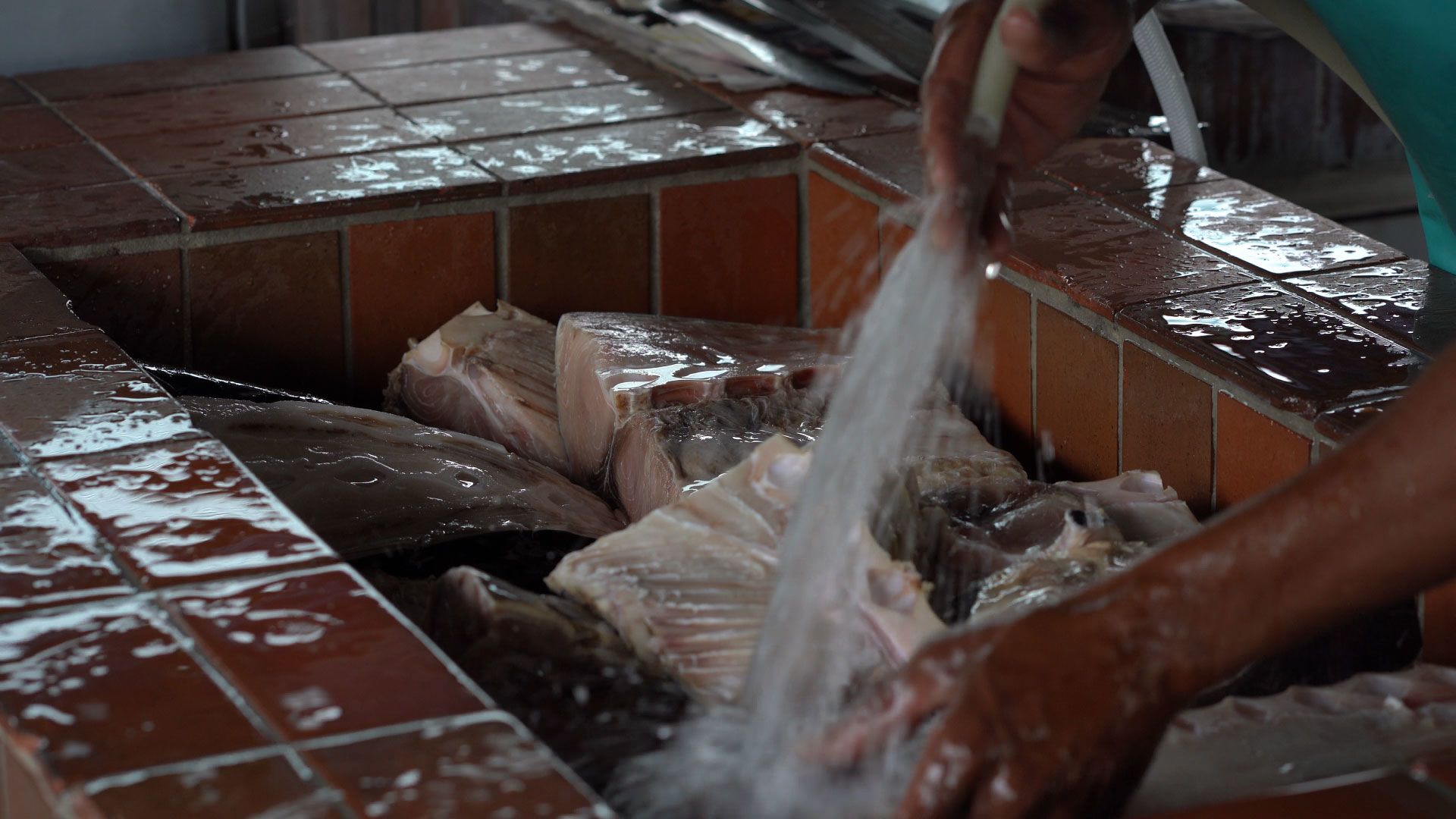
A key part of climate resilience is safeguarding the water system
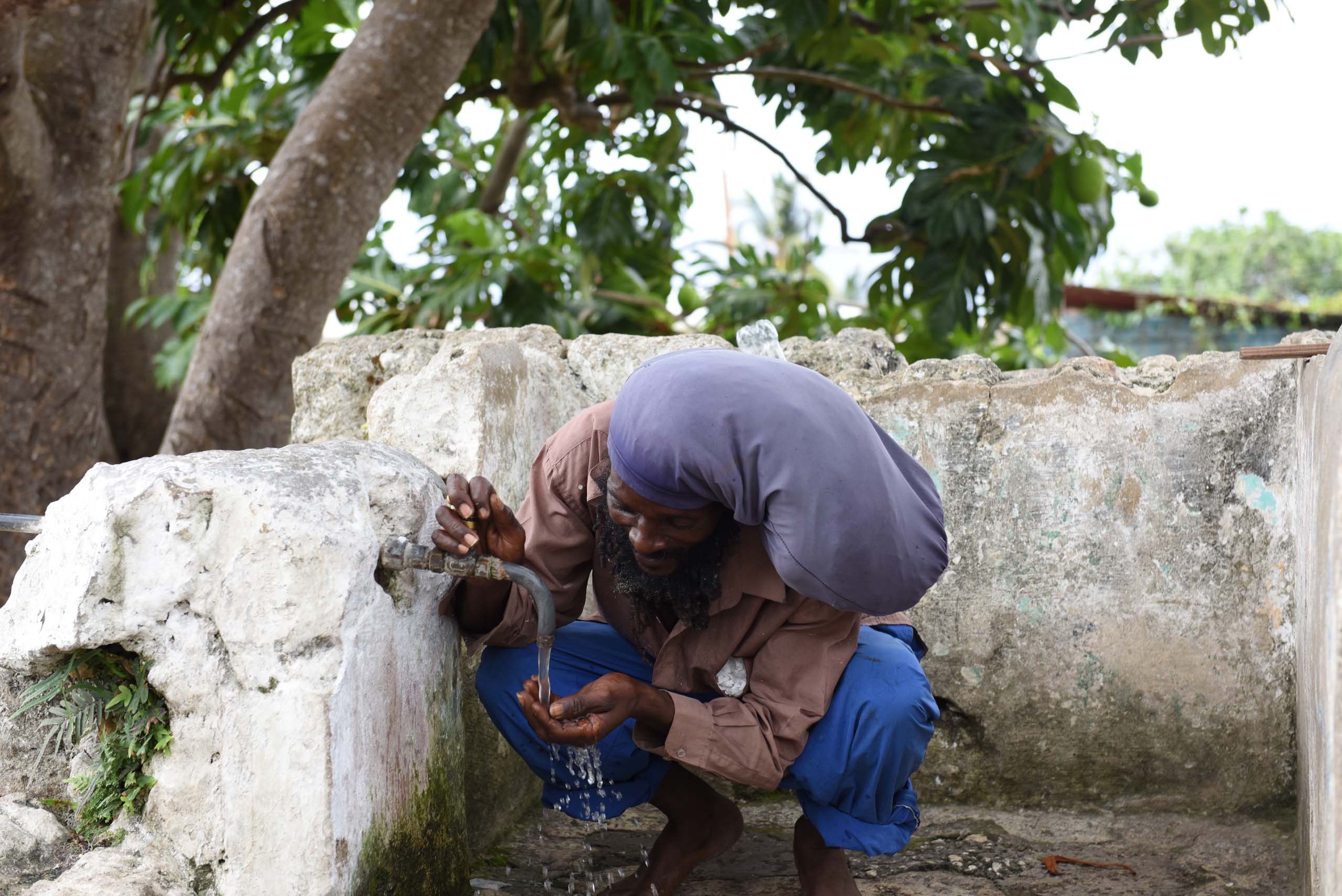
Access to clean, safe water is essential to life. Climate change threatens the availability of water on many islands. A key part of climate resilience is safeguarding the water system. Water scarcity is a major issue, and interruptions to water supply in the wake of devastating hurricanes and storms puts the lives of local communities at risk.
The Green Climate Fund (GCF), the Caribbean Community Climate Change Centre (CCCCC) and the Barbados Water Authority (BWA) are working together to transform the water sector in Barbados through the Water Sector Resilience Nexus for Sustainability in Barbados (FP060: WSRN S-Barbados) project.
GCF Project - Water Sector Resilience Nexus for Sustainability in Barbados (WSRN S-Barbados)
GCF Project - Water Sector Resilience Nexus for Sustainability in Barbados (WSRN S-Barbados)
Barbados’ water infrastructure is ageing and in urgent need of upgrade to create a resilient system that can respond to the impacts of climate change. BWA buildings and the mains water pipes themselves date back as far as 1850, to British rule over the island.
Supplying the island’s water needs is a real challenge, which is becoming more difficult as saltwater infiltrates freshwater caves and the freshwater underground aquifer lens, reducing further the fresh water supply. Climate change is also increasing the severity of extreme weather events. Tropical storms create more problems, often resulting in water insecurity for islanders.
Belle pumping station
Belle pumping station
Repairs being undertaken in the workshop at Bowmanston
Repairs being undertaken in the workshop at Bowmanston
Booster pumps at Hampton pumping station
Booster pumps at Hampton pumping station
Power for water distribution can be threatened by extreme weather events

Water needs power to be distributed. In Barbados the BWA is the largest electricity user on the island, consuming 10% of the nation’s power generation. The Belle pumping station supplies nearly half of the island’s water needs, giving crucial access to water on an island that is classified within the fifteen most water scarce countries in the world.
Control centre at Belle pumping station
Control centre at Belle pumping station
Whilst the water pumping system is now powered by the electricity grid, Belle pumping station still houses a derelict steam-powered pump, in use up until 1946. But now the station is moving into a new era of green power.
Steam-powered engine at Belle
Steam-powered engine at Belle
The transition to clean energy
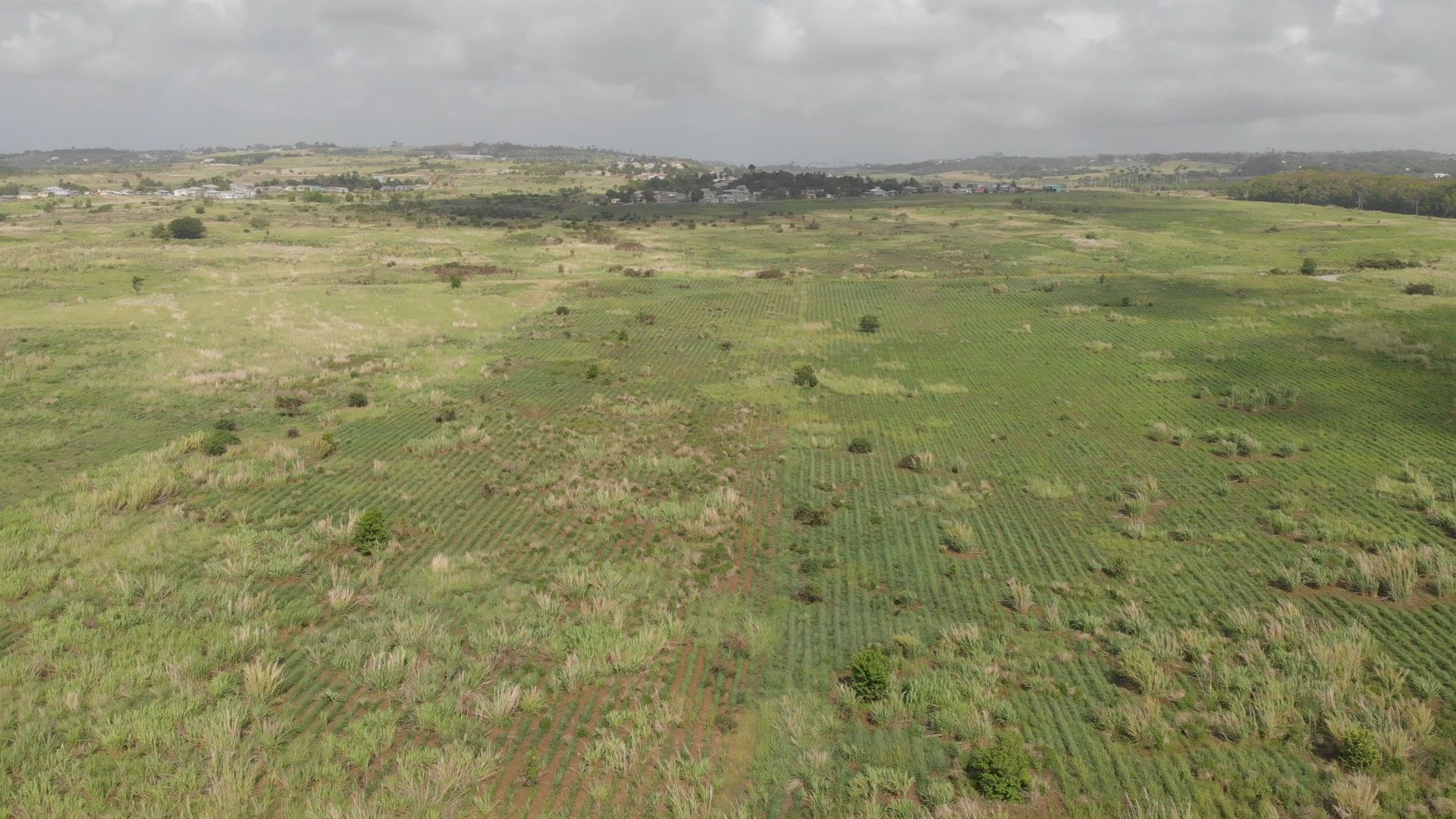
With support from GCF, CCCCC and BWA are now partnering to install solar PV at pumping stations, providing renewable power to support Barbados’ water distribution needs. The project is funding new PV installations at Belle (2MW), Hampton (2MW), and Bowmanston (0.5MW) pumping stations, as well as micro-gas turbines for back-up power.
The solar power and micro-gas turbines provide resilient back-up in case of grid outages. The electricity grid struggles to meet demand under normal conditions so that some parts of the island experience frequent power outages.
Power cuts are frequent during tropical storms, which then impact upon water distribution, threatening water supply across the island. In the aftermath of a tropical storm or hurricane, lack of access to water can prove deadly, and greatly magnifies the impact of extreme weather events.
Vulnerable households with elderly people and those with disabilities, as well as schools, hospitals, and local businesses, are all threatened by water shortages.
New PV panels installed at Bowmanston pumping station
New PV panels installed at Bowmanston pumping station
Engineer Chase Ashby checks the circuit breakers at Bowmanston
Engineer Chase Ashby checks the circuit breakers at Bowmanston
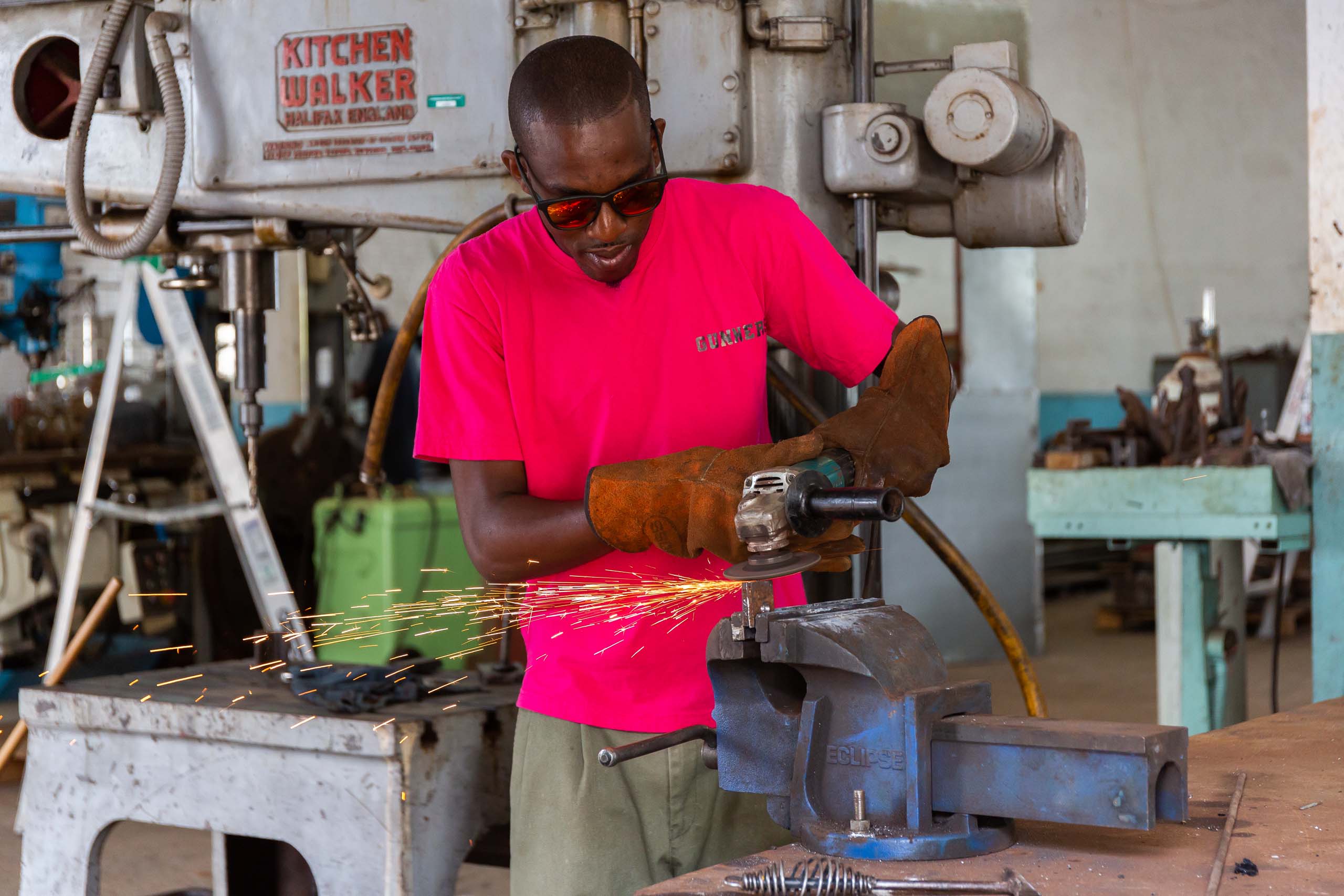
Engineer Chase Ashby: keeping the water flowing to Barbados in the face of climate change
Chase Ashby is an engineer for the Barbados Water Authority, working at Bowmanston pumping station. Bowmanston is a major pumping station supplying the island. It is also the home of the workshop that services the whole island’s water system. Ancient parts need frequent repairs. If pumps run dry because the water levels in wells drops, then they can seize. The climate crisis is making the situation worse, something which Chase knows only too well: ‘climate change is a pressing issue: when the dry season comes around the water levels drop and we find ourselves stretched to source water.’
The water authority can try to drill elsewhere for water, but the aquifier under the island’s surface is reducing in size. Tapping water from another area is just likely to reduce water flow to another pumping station. Droughts and increased salination because of rising sea levels are making fresh water an increasingly scarce resource, increasing the pumping distances which puts a greater strain on the system. Irregular water pressure can also cause underground leaks. Barbados does have desalination plants, but they are power-hungry and unable to meet the island’s water demands.
The solution needs to involve better water management and conservation. Chase and his colleagues are doing their part, battling to repair pumps, repair valves, source and fix leaks, keeping the nineteenth century water network running. But an integrated management system is needed to increase the efficiency of the supply, along with conservation measures from farmers, businesses, residents, and the tourism industry to manage demand.
Ashby is now helping to integrate solar power into the water distribution system, and he can see what benefits this will bring. 'The solar power will do a huge job, reducing the usage of grid energy, … people need water, it is a necessity, so the solar power grid is going to be very important for water pumping’.
Chase is passionate water security - and about his job. 'It feels good to know that I can do something good for my country, for my people. Water is a necessity, I have a chance to give something back to the community. I will always do my best for my country.'
The clean renewable power will also reduce reliance on fossil fuels from the grid, helping to transform Barbados towards low emission energy whilst building climate resilience at the same time.
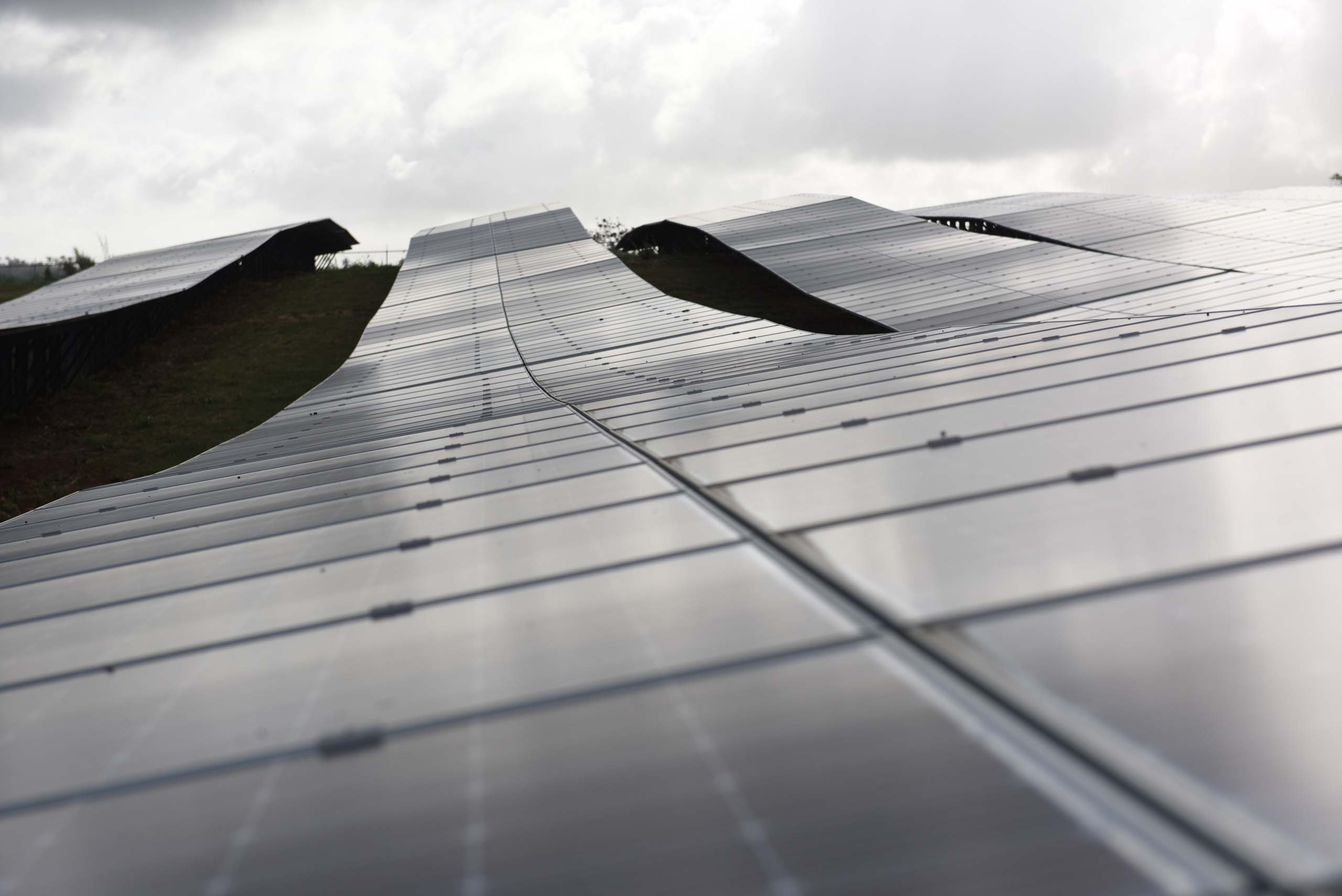
The clean renewable power will also reduce reliance on fossil fuels from the grid, helping to transform Barbados towards low emission energy whilst building climate resilience at the same time.
The clean renewable power will also reduce reliance on fossil fuels from the grid, helping to transform Barbados towards low emission energy whilst building climate resilience at the same time.
The clean renewable power will also reduce reliance on fossil fuels from the grid, helping to transform Barbados towards low emission energy whilst building climate resilience at the same time. Solar power is clean, reliable, and increasingly cheap, so that BWA will also make substantial savings in its energy bill, saving money that can be reinvested to create a more resilient water grid, and to improve water conservation measures.



